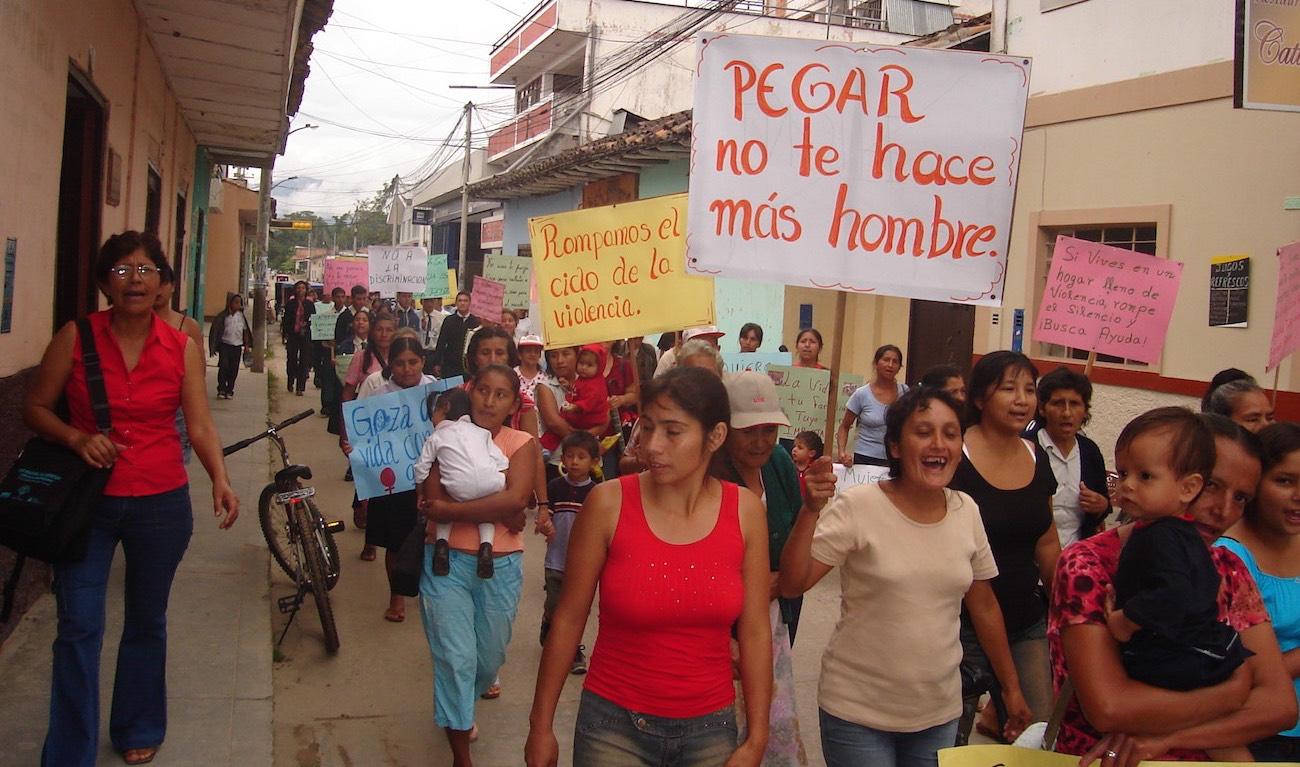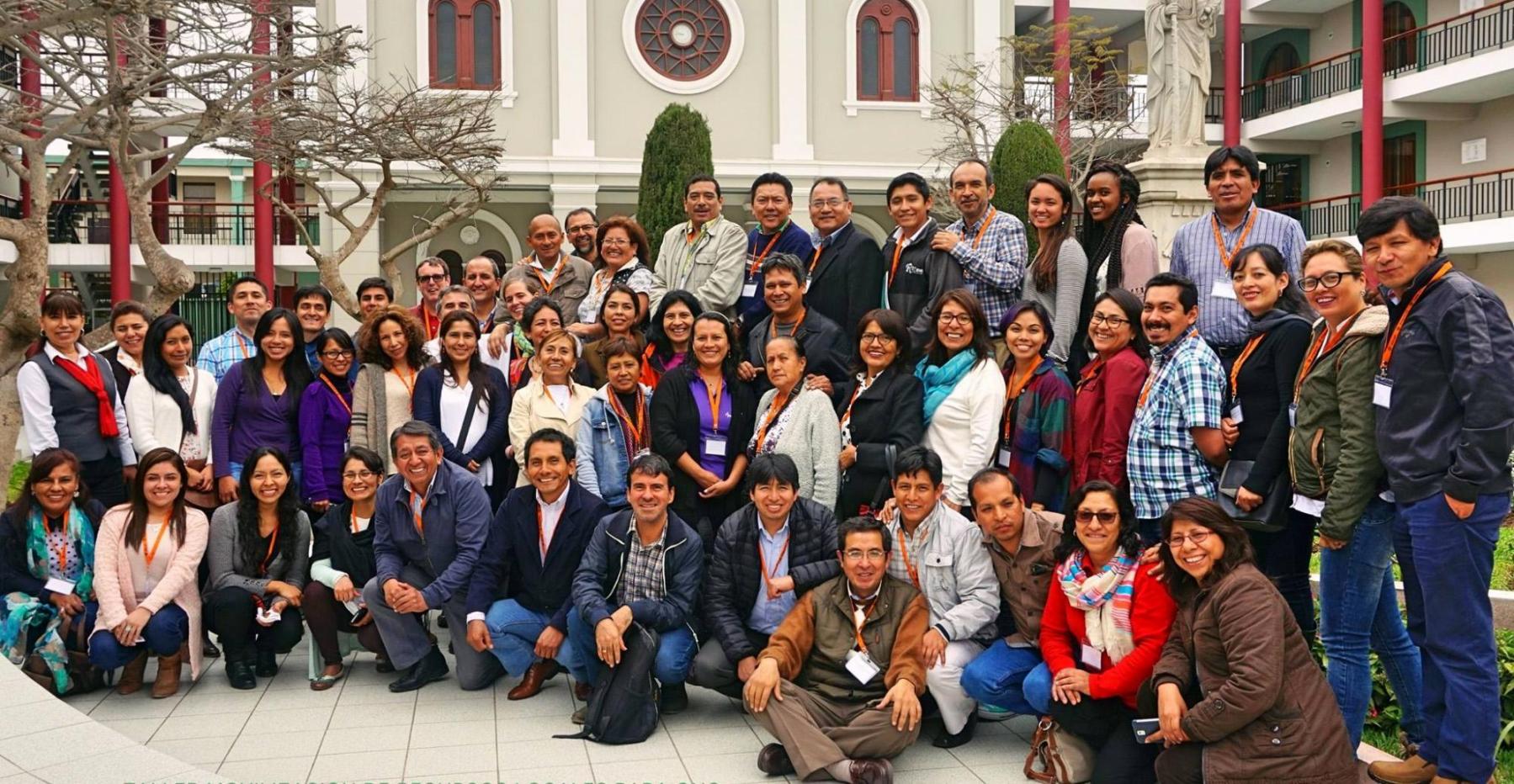Students Experience Peace and Hope’s Impact Across Peru
A group of students from Gustavus Adolphus College spent three weeks in Peru witnessing the transformative work of Peace and Hope (Paz y Esperanza). Led by our Board President Dr. Mimi Gerstbauer and a colleague, these students experienced Community Peacebuilding firsthand, forever changing their understanding of what it means to build peace from the ground up.
A Journey Across Cultures and Landscapes
Through our volunteer coordinating arm, Andemos, the group traveled across Peru—from the San Martín region in the northern Amazon, to Apurimac in the southern Andes and Lima on the coast. They witnessed indigenous communities fighting for land rights while building sustainable enterprises, heard testimonies from victims of Peru’s recent political violence, and met women entrepreneurs running pottery and chocolate businesses. They also learned about our technical education programs opening new pathways for Peru’s youth.
Understanding Holistic Peacebuilding
What struck these young observers most profoundly was the comprehensive nature of Peace and Hope’s approach. As one student reflected:
“Most of the efforts we’ve seen have been bottom-up approaches that acknowledge their individual needs and weaknesses. We have seen efforts that support communities financially, materially, emotionally, educationally, spiritually… Peace and Hope tries to hit all of the levels. I suppose that’s the point: Peacebuilding requires holistic solutions.”
Empowerment Through Economic Independence
Another student came to understand how economic opportunity serves as a cornerstone of lasting peace:
“Before spending time in Peru I had little idea what peacebuilding meant. One way peacebuilders like Paz y Esperanza help a community move to peace is by supporting them with their goals. Many of the women we met spoke about how in the past, if they were to start a business they would not be taken seriously. Having more women economically independent gives them power that in the past was given to just the men in the homes.”
The student continued, noting how Peace and Hope’s work extends beyond economics: “Paz y Esperanza also gives independence to women by breaking domestic abuse cycles. They work with both the victim and the abuser to create peace in homes.”
The Challenge of Memory and Truth

During their Lima visit, students toured the Ojo que Llora memorial and LUM museum with Peace and Hope’s founder. These sites, dedicated to remembering Peru’s difficult past, have become controversial and often inaccessible to the public—reflecting how Peru has moved backward in national-level peacemaking. “The truth is a mighty force for peace” (Pope John Paul II), only the truth will make us free (cf. John 8:32).
New laws restrict the human rights work of organizations like Peace and Hope, creating an increasingly challenging environment for justice and reconciliation work.
Why This Work Matters More Than Ever
As one student observed, communities moving toward peace share common characteristics: “strong values regarding respect towards the land, their culture, and members of the community. Those who have taken on leadership roles and are fighting for peace all have a strong love and care for their community.”
In a time when the space for human rights work is shrinking in Peru, Peace and Hope’s commitment to community-driven, holistic peacebuilding becomes even more crucial. Your support enables this vital work to continue. You are supporting women entrepreneurs, educating youth, healing families, and building communities rooted in God’s justice and dignity.
The transformation these students witnessed is possible because of your partnership. Together, we are not just supporting programs; we are investing in a vision of Peru where peace grows from the ground up, one community at a time.





